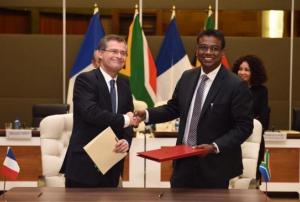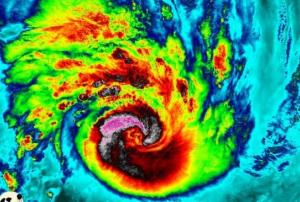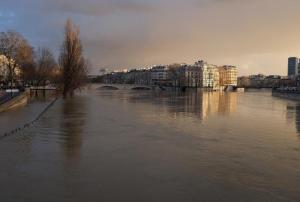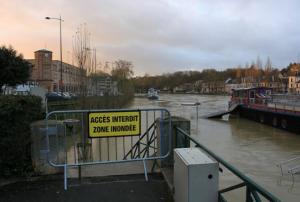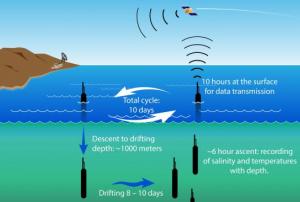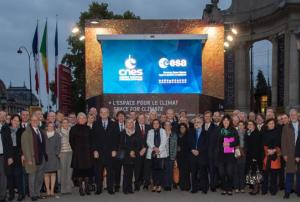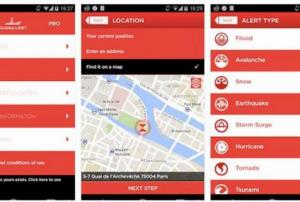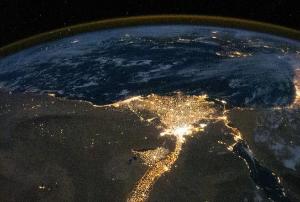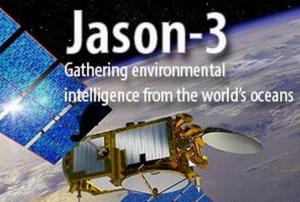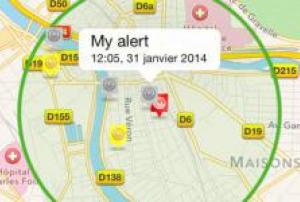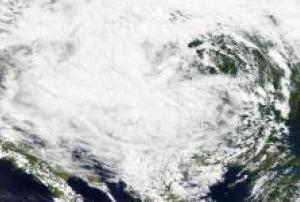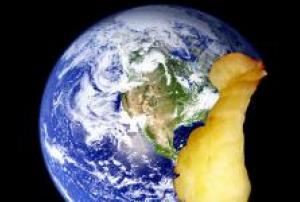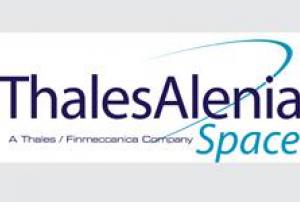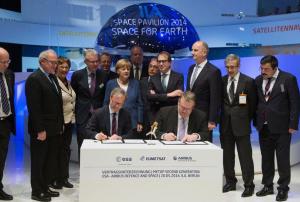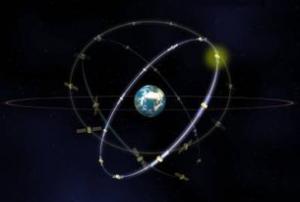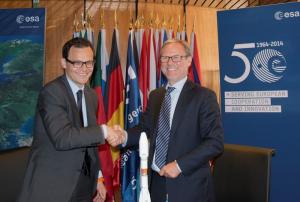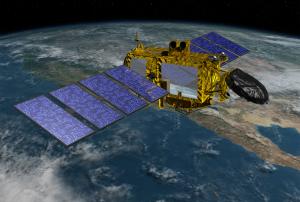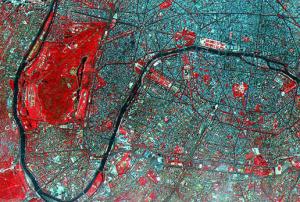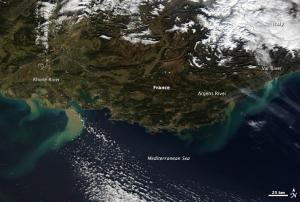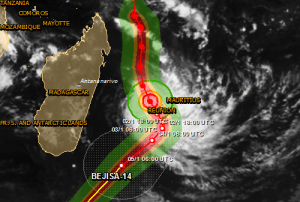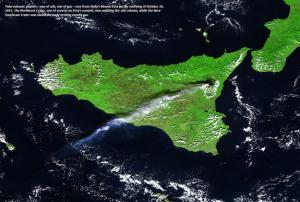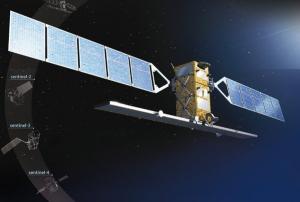The Egyptian Space Agency (EgSA) and France’s Centre National d’Etudes Spatiales (CNES) have signed a space cooperation agreement. The agreement provides a framework for both countries to collaborate on different topics, including satellite developments, exploration of outer space, space applications, R&T, nanosatellites development and training, and the Space Climate Observatory (SCO) initiative, whose mission is to analyze and monitor global climate change and its impacts from Earth observation data. The cooperation will further strengthen the relations between the two countries in the field of space science and technology.
Egypt and France have already collaborated on different fields, including the launch of the NileSat 101 communications satellite, the launch of the TIBA-1 satellite for the…
more